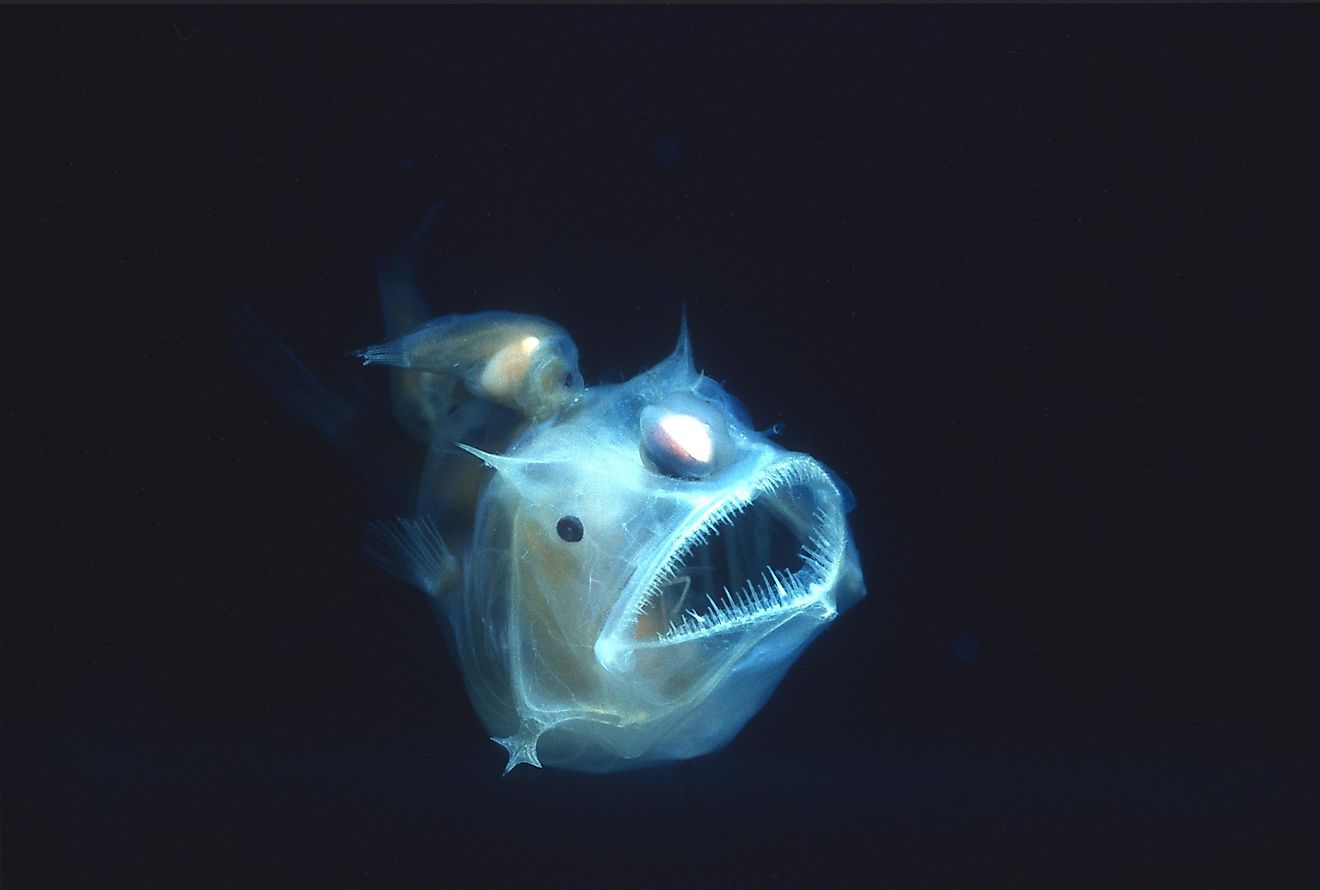
They come in all sorts of shapes and sizes, and occupy a variety of habitats. In some (but not all) species, the males are parasitic, so when they encounter a mate, they permanently attach themselves to her body.ĭeep-sea anglers may be most recognizable, but there are more than 200 anglerfish species in the order Lophiiformes. The tiny males have a strong sense of smell and follow pheromones to find females. The males are dwarfs, growing just a few centimeters long. The blobby, softball-sized anglerfishes spotted by MBARI’s remotely operated vehicles (ROVs) are females.

Mates can be hard to find too, so some anglerfishes have a unique strategy for reproduction. The glowing tip entices small fishes and crustaceans to come closer, then the anglerfish’s massive mouth and sharp teeth snap shut for a meal.įood isn’t the only thing that’s scarce in the midnight zone. Instead of expending energy to chase food, a hungry anglerfish merely sets out its bioluminescent bait and waits. In the vast and expansive waters of the midnight zone, meals are few and far between. Each species has its own unique rod and lure-some have simple lures, some have elaborate ones, and some even have multiple lures.

The first ray of its dorsal fin is modified into a filament (called an illicium) with a sac of glowing bacteria at the tip (called an esca). This bulbous beast has a “fishing pole” projecting from its head. The anglerfish is one of the most famous deep-sea animals.


 0 kommentar(er)
0 kommentar(er)
